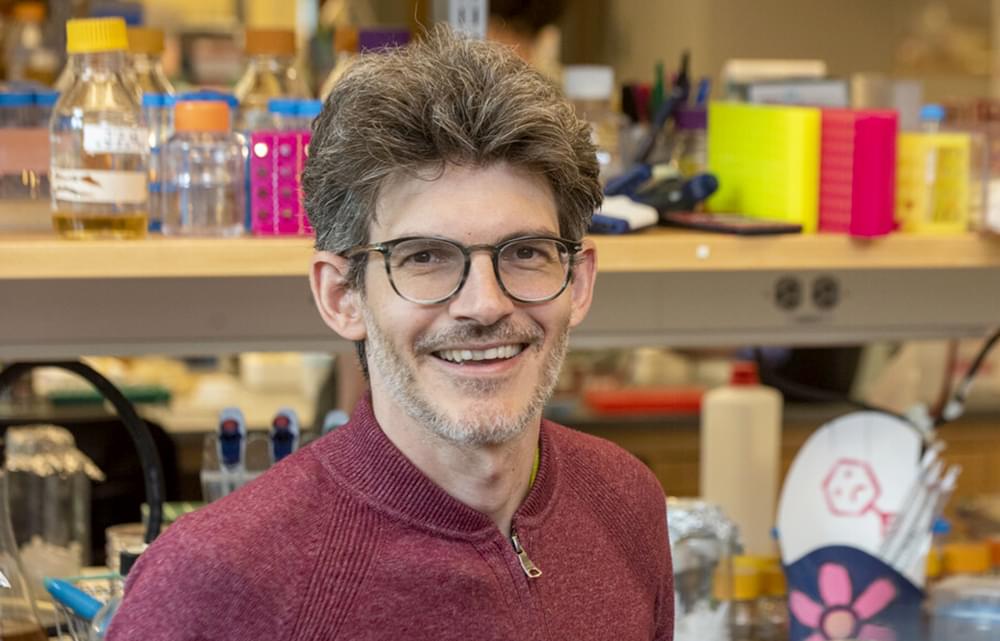Two separate teams of scientists have taken quantum teleportation from the lab into the real world. Researchers working in Calgary, Canada and Hefei, China, used existing fiber optics networks to transmit small units of information across cities via quantum entanglement — Einstein’s “spooky action at a distance.”
According to quantum mechanics, some objects, like photons or electrons, can be entangled. This means that no matter how far apart they are, what happens to one will affect the other instantaneously. To Einstein, this seemed ridiculous, because it entailed information moving faster than the speed of light, something he deemed impossible. But, numerous experiments have shown that entanglement does indeed exist.
The challenge was putting it to use. A few experiments in the lab had previously managed to send information using quantum entanglement. But translating their efforts to the real world, where any number of factors could confound the process is a much more difficult challenge.









